






Byzantine Empire Christian Cross Coin Pendant
Michael II "The Amorian"
Sterling Silver Bezel
US Buyers: Free Shipping (3-7 Days Total Shipping time)
Please Note: Our items are original artifacts, therefore they cannot be produced to meet demand. For this reason our items tend to sell out quickly, and this item may not be available in the near future.
Coin: Gold Solidus
Obverse: Portrait of Jesus Christ
Reverse: Justinian II, depicted smaller than Jesus as to be shown as a servant of Christ
Date: 685-695 A.D.
Bezel: Sterling Silver
Weight: 3.64 grams
Diameter: 1.9 cm / .75 in
Description
This item is an authentic Byzantine Empire coin, placed in a handmade bezel of Sterling Silver. There is only 1 of this item; you will receive the exact pendant shown in the photos.
Chain necklaces can be purchased separately through this link.
History of the Artifact
The Byzantine gold solidus, also known as the nomisma, held great importance during the reign of Justinian II (reigned 685–695 and 705–711). This coin, minted in pure gold, was a continuation of the tradition established by Constantine the Great, with the solidus acting as the empire’s principal currency for over seven centuries.
Justinian II made a notable innovation to the solidus design. In a bold departure from previous conventions, he introduced the image of Christ on the obverse side of the coin. This was one of the earliest instances of Christ's depiction on coinage and emphasized Justinian II's desire to portray his authority as divinely ordained. On the reverse side, the emperor's image appeared, with the title Servus Christi (servant of Christ), reinforcing his self-styled role as a Christian ruler leading by divine mandate.
This decision was significant not only for its theological implications but also for its political message. By placing the image of Christ on the coin, Justinian II was making a statement about the inseparability of the church and the state under his rule. However, this change was controversial among Byzantine elites and later among the Islamic powers, who found the depiction of Christ on coinage objectionable.
The solidus under Justinian II thus marks a unique moment in Byzantine numismatic history. Its religious iconography, combined with its enduring role as a high-value currency in international trade, demonstrates the solidus's function as both a tool of economic power and a symbol of imperial ideology.
Authenticity
Ancient Artifacts guarantees the Authenticity of items sold through a three layer system of protection:
- Ancient Artifacts exclusively sources artifacts from trusted and reputable antique distributors, many of whom have been selling Artifacts for decades.
- Next, the Artifact is inspected by an expert team member, who is professionally trained in counterfeit detection After the artifact passes inspection, the Certificate of Authenticity is signed and the Artifact is packaged.
- Finally, Ancient Artifacts gives an additional layer of protection by promising a full refund with no questions asked, in the extremely unlikely event that a counterfeit slips through our vetting process.
Your order will include:
- Byzantine Empire Coin Pendant shown in photos
- Certificate of Authenticity
Ancient Artifacts relics are guaranteed authentic and have a 100% money back policy. Read more about our Mission and Promise for authenticity.

AncientArtifactsbyCW
463 Reviews
The delivery took quite a while, but this has nothing to do with the saler. I am very happy with my purchase, having a real piece of history in my home is really cool. The little display case looks nice and sturdy.
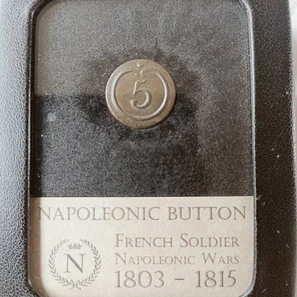
Fast shipping came in great condition well package.
Coin is very beautiful. Five stars.
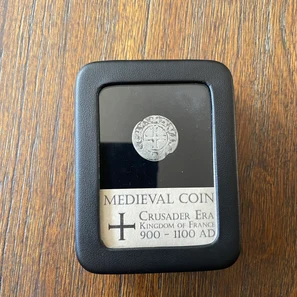
All perfect packaging and excellent delivery times. It was a real pleasure
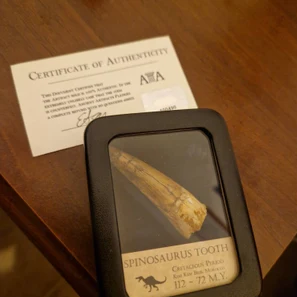
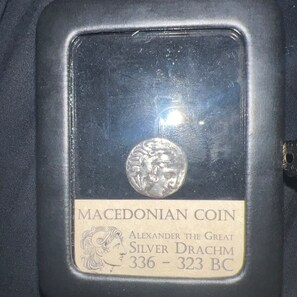
The button arrived upside down in the display case so I had to open it up and fix it before gifting. Other than that everything was great! Neat gift.
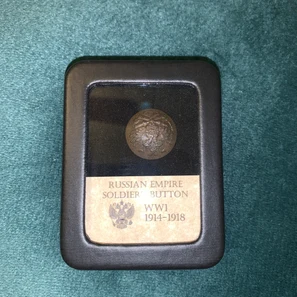

Fast shipping, the coin came with COA and was exactly as pictured! Thank you!
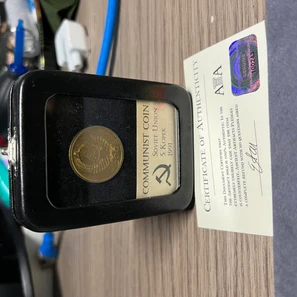
Gorgeous object. However, I would have preferred more details in his description.
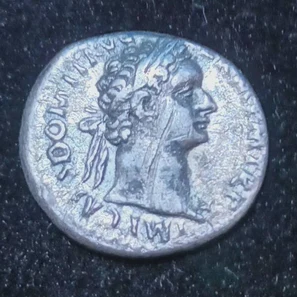
Comes with the little display case and everything advertised in the picture. Awesome store
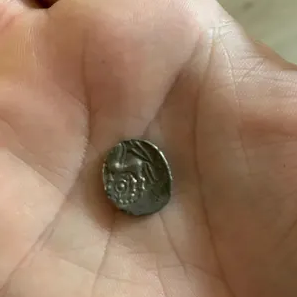
Very cool coin! I bought it for my dad for Father’s Day and I know he’s going to love it.
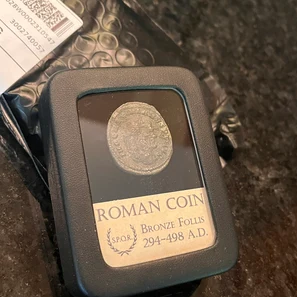
The seller was super helpful And professional during the inquiry before and during the purchase. He helped to pick out a beautiful piece for my brothers gift! Highly recommend.
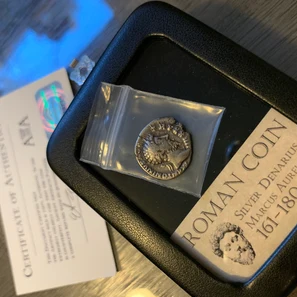
Definitely don’t want one of these to sink its teeth into me.

Condition of coin was as described and shipping was very fast. Thank you.

I really enjoyed receiving this coin display! It came well packaged and arrived on schedule. The display packaging is great and the coin looks to be well above circulated condition. Perfect!

Great pin in a wonderful time presentation box!

I like the coin a lot, it is a very nice piece of history. Fits perfectly in to my collection. Delivery was on time and packaging very good. The case that it is in is just so nice it looks like in a museum. :)
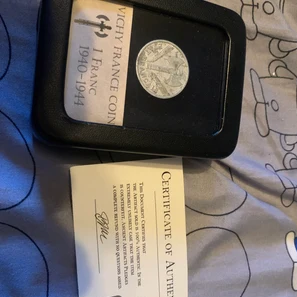
Amazing! I love both the coins I got from here!! I can’t wait to give them to their recipients for Christmas!
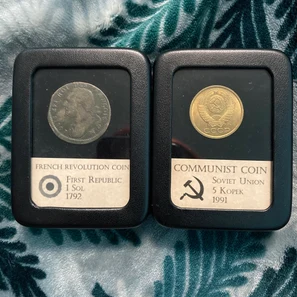
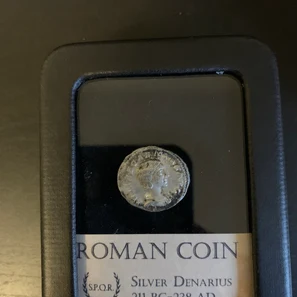

The Coin and case is awesome! The only additional thing that could make it perfect would be a little description of what/who the coin faces represent and possibly where the specific coin was found. Otherwise very content

They were so helpful and patient with me I couldn’t be more grateful. They gave me such good service and such fast shipping I’m buying another coin when I get paid again!! I’m going to continue buying from these guys, it looks even better in person. It’s everything I was hoping for:) I’m obsessed with it it looks amazing in my collection:)
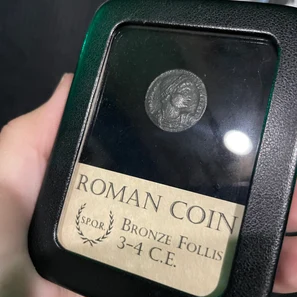
Great item with case. Carefully packaged. A great find!
